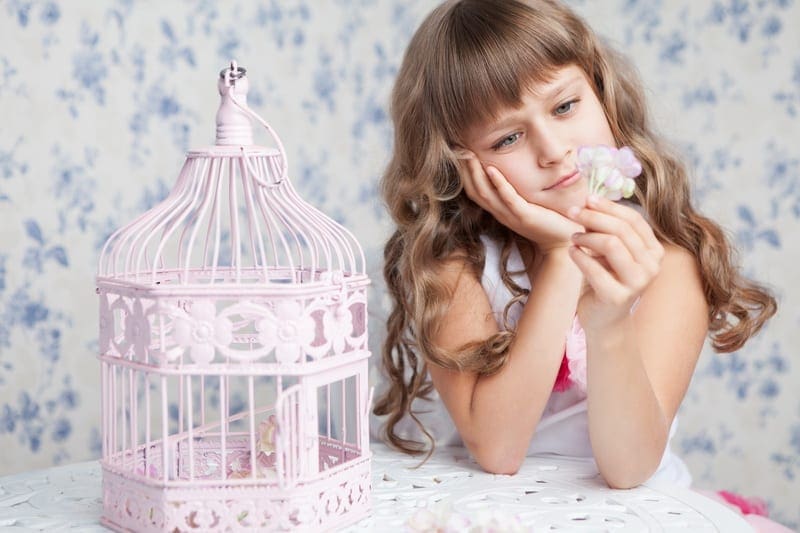As your baby grows, so does their curiosity—and that means your home needs to grow safer, too. From the moment your little one begins rolling, scooting, or crawling, it’s time to start babyproofing. While you can’t prevent every bump or tumble, creating a safe home environment is one of the most important things you can do to protect your baby as they explore their world.
This room-by-room guide will help you identify potential hazards and offer simple, effective ways to babyproof your home with confidence.
🚪 General Safety Tips for the Whole House
Before diving into individual rooms, here are a few basic babyproofing essentials that apply throughout the house:
- Outlet covers: Use plug protectors on all accessible electrical outlets.
- Furniture anchors: Secure bookshelves, dressers, and TVs to the wall to prevent tip-overs.
- Cord control: Keep blind cords, electrical cords, and curtain ties out of reach.
- Corner guards: Use padding on furniture with sharp edges (like coffee tables).
- Baby gates: Block off stairs, kitchens, or rooms that are off-limits.
🛋 Living Room
This is often where your baby plays, so safety is key.
- Secure furniture: Anchor large items like bookcases and TVs.
- Clear low surfaces: Remove breakables or heavy decor from coffee tables and shelves.
- Cover fireplace edges: Use padding or gate-style covers if you have a hearth.
- Keep remote batteries out of reach: Button batteries are extremely dangerous if swallowed.
💡 Tip: Crawl around the room from your baby’s perspective to spot hidden hazards.
🍽 Kitchen
The kitchen is full of hot surfaces, sharp tools, and cleaning products. Consider this a high-alert zone.
- Cabinet locks: Use childproof latches on drawers and cupboards.
- Stove safety: Use stove knob covers and keep pot handles turned inward when cooking.
- Keep cleaning supplies high: Store them in locked cabinets or well above your baby’s reach.
- Appliance locks: Consider latches for the oven, fridge, dishwasher, and microwave.
💡 Tip: Create a “safe cabinet” with plastic bowls or wooden spoons your baby can safely explore while you cook.
🛏 Nursery or Bedroom
Your baby’s room should be a peaceful—and safe—place to rest and play.
- Crib safety: Ensure the crib meets safety standards and has no pillows, blankets, or bumpers.
- Monitor cords: Keep baby monitor cords well away from the crib.
- Dresser anchors: Secure all furniture, even in baby’s own room.
- Window guards: Use window stops or guards to prevent falls.
💡 Tip: Once your baby can stand, lower the crib mattress to prevent climbing.
🚿 Bathroom
Babies love water play, but the bathroom has slippery floors, medications, and hot water risks.
- Toilet locks: Prevent curious little hands from lifting the lid.
- Non-slip bath mats: Use them inside and outside the tub.
- Lock up medicine and toiletries: Use high cabinets or childproof containers.
- Hot water check: Set your water heater to 120°F (49°C) or lower to prevent scalding.
💡 Tip: Never leave your baby unattended in or near water, even for a second.
🛌 Your Bedroom
Your room may be a safe space for you, but it might not be for your baby.
- Move cords and chargers out of reach.
- Avoid co-sleeping with loose bedding unless following safe sleep guidelines.
- Keep perfumes, lotions, or medications in locked drawers.
💡 Tip: If your baby naps in your room, use the same crib safety rules you follow in the nursery.
🚶♂️ Hallways and Stairs
Stairs are a major hazard once your baby starts crawling and walking.
- Install baby gates at the top and bottom of all staircases.
- Use night lights to keep halls well-lit.
- Keep small objects off the floor (e.g., shoes, pet toys).
💡 Tip: Choose hardware-mounted gates for the top of stairs—they’re the most secure.
💬 Final Thoughts
Babyproofing may feel overwhelming at first, but breaking it down room by room makes it much more manageable. Start with the areas your baby spends the most time in and expand from there. As your baby grows and becomes more mobile, continue adjusting your home environment to fit their developmental stage.
Remember: you’re not just making your home safer—you’re creating a space where your baby can explore, learn, and grow with confidence.
❓ Frequently Asked Questions (FAQs)
1. When should I start babyproofing my home?
It’s a good idea to start around 4–6 months, before your baby becomes mobile. That way, your home is safe and ready when crawling begins.
2. Are all baby gates the same?
No. Use hardware-mounted gates for stairs and pressure-mounted gates for flat surfaces like doorways.
3. Do I need to babyproof every room?
Focus on the rooms your baby has access to most often. Use baby gates or closed doors to block off off-limits areas.
4. What’s the most common babyproofing mistake?
Forgetting to anchor furniture. Tip-over injuries are one of the most serious home hazards for babies and toddlers.
5. Is it safe to use outlet covers?
Yes, but make sure they’re tight-fitting and not easily removable by little fingers. Sliding outlet covers are often more secure than plug-in types.
6. How do I keep my baby away from cords and wires?
Use cord shorteners, covers, or clips to secure wires to the wall or behind furniture. Keep chargers unplugged when not in use.
7. Can I babyproof on a budget?
Absolutely! Many safety fixes are inexpensive or DIY-friendly—like using pool noodles on sharp edges or repurposing items like hair ties or rubber bands for cabinet handles.
8. How often should I reassess babyproofing as my baby grows?
Reevaluate your home every few months, especially when your baby starts crawling, pulling up, or walking. Their reach and abilities change quickly!











